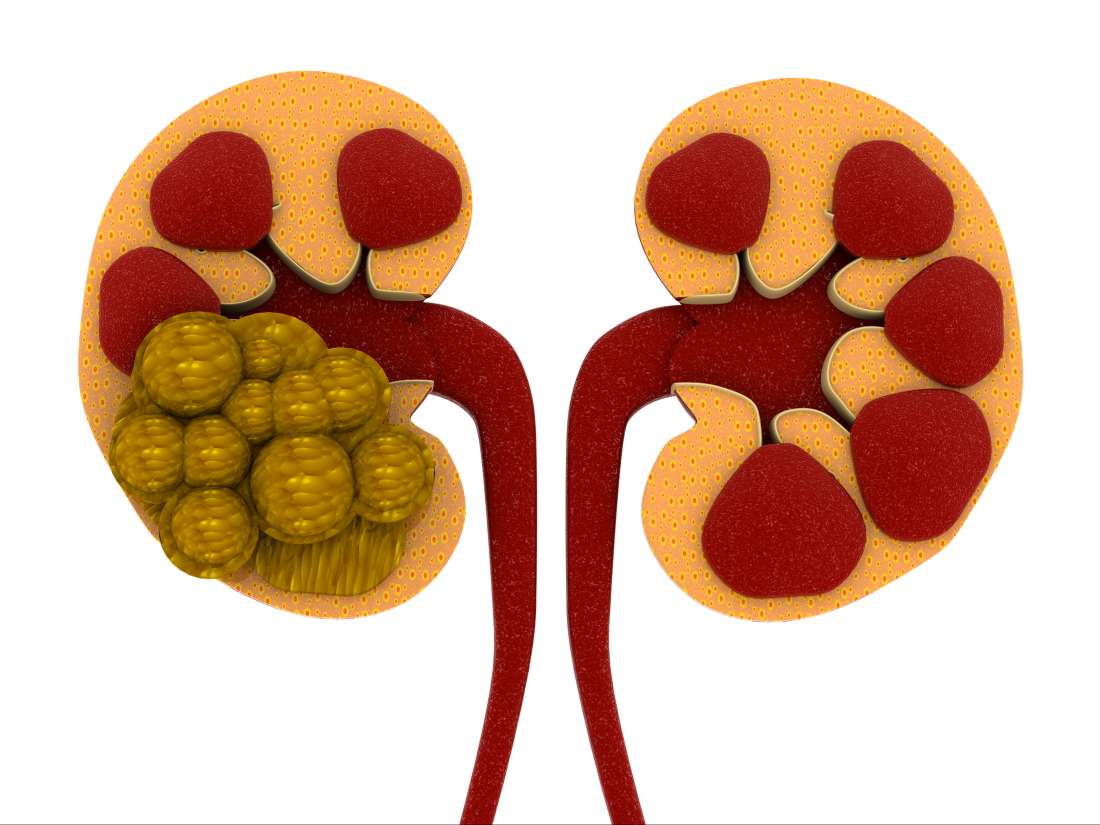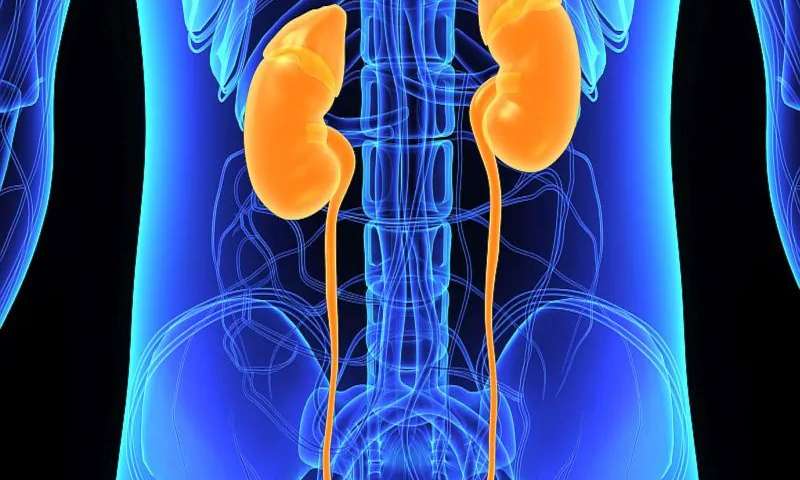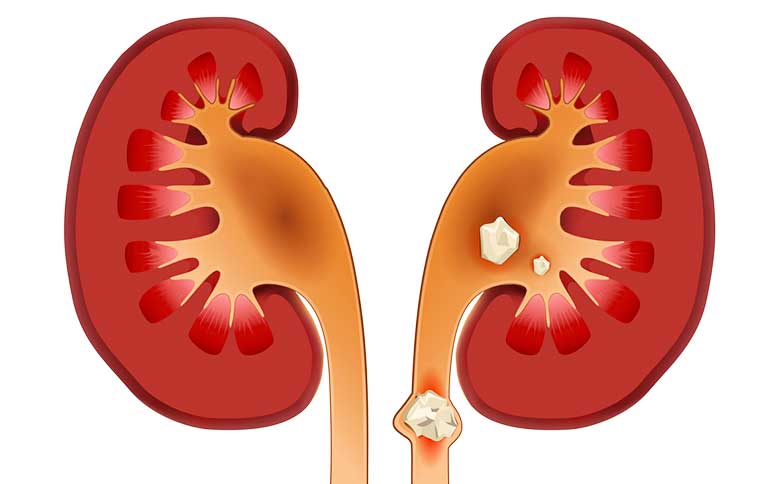Treatment of endometrial stones and endoscopic shock
Most kidney stones are small enough to pass through urine and may be processed at home, by eating more fluids as lemon juice.
According to the British medical site "NHS" The researchers explained that small kidney stones can be painful, although the resulting pain lasts only two days and disappears when these stones are removed.

Kidney stones
To relieve symptoms, your doctor may recommend the following:
-
Drink plenty of fluids throughout the day
-
Painkillers, such as ibuprofen
-
Alpha blockers (drugs that help pass stones)
It may be advisable to drink up to 3 liters of fluid throughout the day, until the stones are removed.

Kidney stones
Tips to help pass the gallstones in urine:
-
Drink water, and keep away from drinks like tea and coffee
-
Add fresh lemon juice to the water
-
Avoid soft drinks
-
Avoid too much salt
Make sure you drink enough fluid, and if the urine is dark, it means you do not drink enough water.
It may be advisable to continue drinking water too much to prevent the formation of new stones.
If kidney stones cause severe pain, your doctor may be sent to the hospital for tests and treatment.
Treatment of large kidney stones
If your kidney stones are too large to be moved normally, they are usually removed by surgery.

Kidney stones
The main types of surgery to remove kidney stones are:
-
Crushing the gravel with shock (SWL)
-
Ureteroscope ureteroscopy
-
Surgical kidney endoscopy (PCNL)
The type of surgery depends on the size and location of the stones.
Crushed gravel (SWL)
It includes SWL Use ultrasound (high frequency sound waves) to determine where kidney stones are located.
The ultrasonic shock waves are then sent to the gravel from the machine to divide them into smaller pieces so that they can be passed through the urine.
It can be SWL An uncomfortable form of treatment, so it is usually done after giving pain medication.
You may need more than one session of sessions SWL To successfully treat kidney stones.
Ureteroscopy
The ureteroscopy involves passing a long, thin telescope called the ureteroscope through the urine tube that passes through the pathway out of the body (urethra) and in the bladder.
It then moves to the ureter, which connects the bladder to your kidney.
The surgeon may try to either gently remove the pebbles using another instrument, or use the laser energy to divide them into small pieces so that they can be moved naturally in urine.
The uterus is examined under general anesthesia, where you are asleep.
Surgical Kidney Endoscope (PCNL)
Surgical kidney endoscopy (PCNL) Involves the use of a thin telescopic instrument called nephroscope.
A small incision is made in your back and the binoculars are passed through it and in your kidney. The pebbles are pulled or cut into smaller parts using laser and wind energy..
It is done PCNL Always under general anesthesia.
Related topics
. (tagsToTranslate) kidney stones (t) ureter stones (t) treatment of ureter stones (t) health (t) health news
Post a Comment